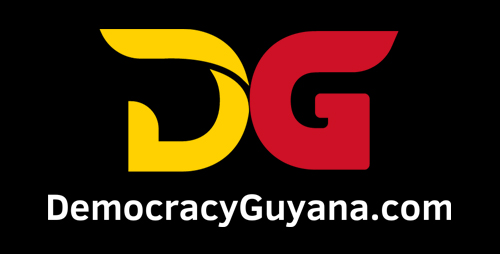Residents of Apoteri, Rewa, and Crashwater in North Rupununi, Region 9, are now the recipients of numerous solar panels as part of the government’s effort to advance the 30,000-household solar electrification program.
During his visit to the communities to deliver the equipment, Minister of Natural Resources Vickram Bharrat, emphasized that the government had been diligently working to fulfill this promise since reassuming office in 2020.
“When we returned to government in 2020, we immediately began working to fulfill the promise of providing a solar panel to every household in the hinterland communities across the country, and today we are fulfilling that promise,” he stated.
Minister Bharrat explained that the government revived the project in response to ongoing engagements with the local residents, where concerns about electricity and connectivity were frequently raised.
“It is essential because we understand the challenges, especially for children and teachers. When it gets dark early, you need light to finish homework and study for tests,” the minister emphasized.
Numerous residents from these villages expressed their appreciation for the timely initiative. The distribution of solar panels is part of the government’s comprehensive strategy to offer an energy mix that includes renewable energy sources.
Furthermore, Minister Bharrat inaugurated a new ICT hub in the Crashwater community, equipped with 20 laptops, chargers, and free internet access.
“We have been collaborating with every community to establish ICT hubs with internet connections. But having internet access alone won’t be enough if you can’t charge your devices, which is why solar panels are essential to stay connected,” he explained.
This initiative will benefit approximately 30,000 households in hinterland, rural, and riverine communities. The project became possible through a US$7.2 million credit agreement signed between the Governments of Guyana and India, facilitated by the Exim Bank.
Special reporter, Georgetown, Guyana





